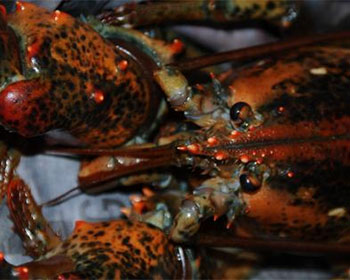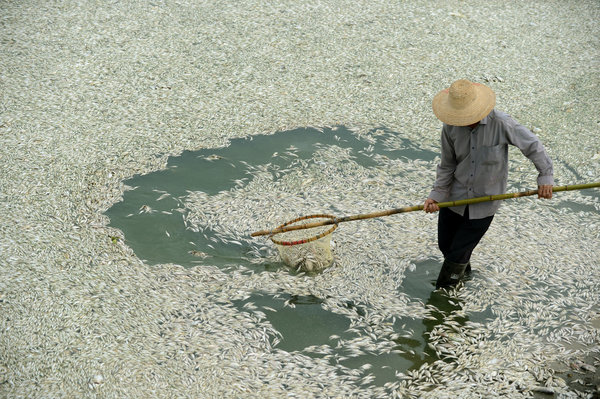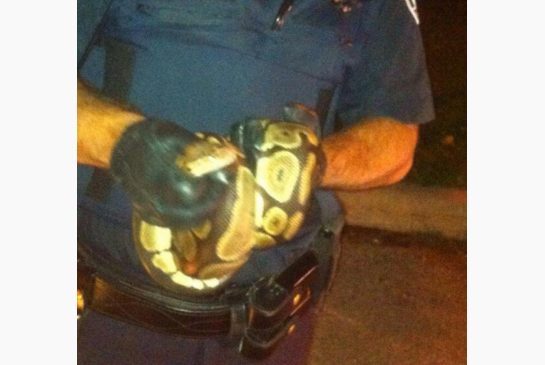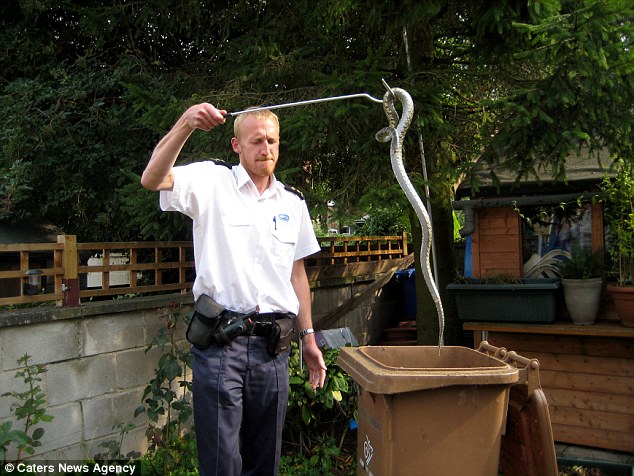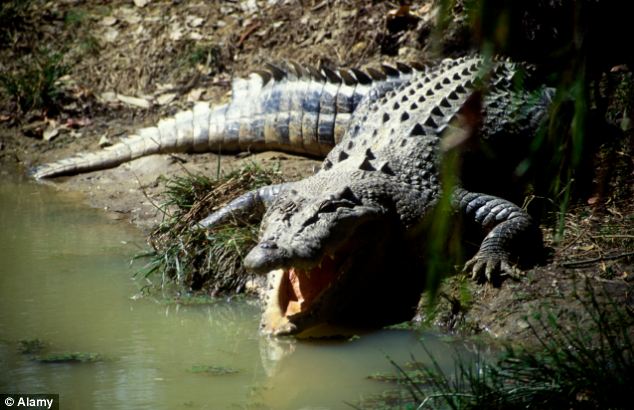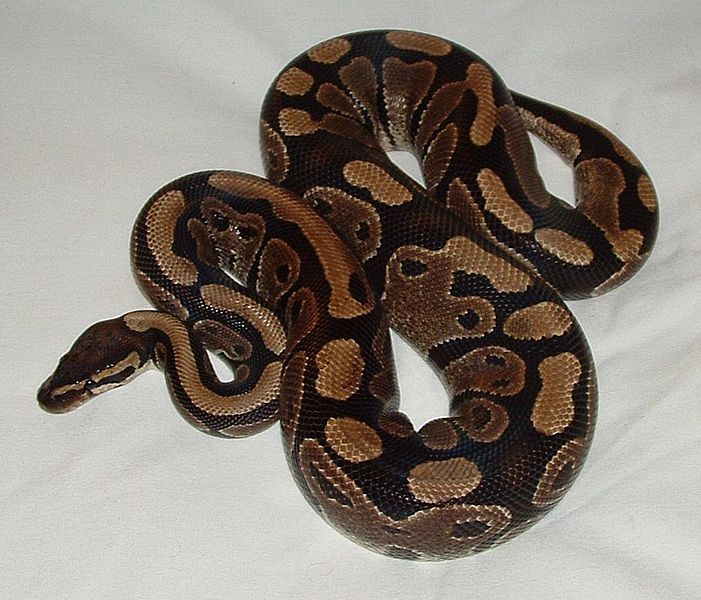
© Frank Pasmans One of Europe's fire salamander species, Salamandra salamandra (shown), is under attack from a newly discovered fungus.
The rogue chytrid fungus that has devastated more than 200 kinds of amphibians worldwide has an accomplice: a second species that researchers have discovered attacking fire salamanders.
Populations of frogs, salamanders and their relatives have been dwindling worldwide, and in 1999 scientists identified a surprising contributing factor - the fungus now nicknamed
Bd. This
Batrachochytrium dendrobatidis was the first member of the phylum of fungi called chytrids found to attack, and often kill, vertebrates. Now genetic tests have identified a second vertebrate-killing chytrid, the newly named
Batrachochytrium salamandrivorans.
Researchers found the new fungus when volunteers reported a population crash in a yellow-and-black fire salamander,
Salamandra salamandra, in the Netherlands. Numbers of salamanders fell to 4 percent of previous population levels in just three years. But genetic tests failed to find
Bd, leading An Martel of Ghent University's veterinary center in Merelbeke, Belgium and her colleagues to realize that they had found another chytrid.
Lab tests showed that fungus spores from a sick salamander caused the disease in another one, Martel and her colleagues report September 2 in
Proceedings of the National Academy of Sciences.
"It looks very cruel," Martel says. Within days of infection, the fungus eats away the skin of a salamander until scientists need a microscope to see skin remnants. Martel can treat animals in captivity but what to do in the wild remains a puzzle. "You cannot treat an environment with an antifungal," she says.

